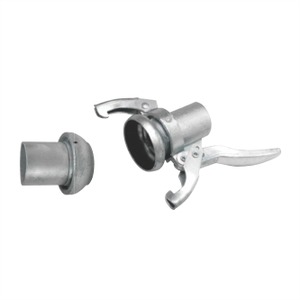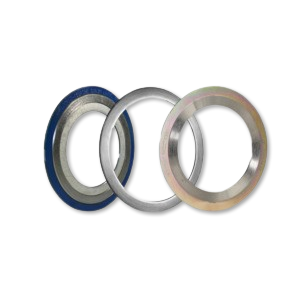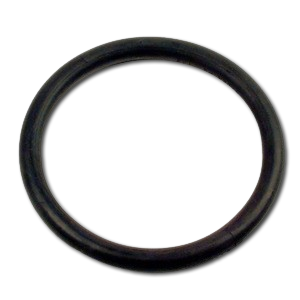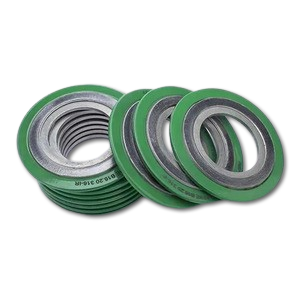RING JOINT GASKET
Ring Joint Gaskets (RTJ) are precision-engineered components used in high-pressure and high-temperature applications, particularly in the oil and gas, petrochemical, and power generation industries. They are designed to fit into machined grooves on flanges, providing a metal-to-metal seal.
Specification
- Material Composition:
- Metals: Typically made from various metals such as soft iron, low carbon steel, stainless steel (304, 316), Inconel, Monel, and other alloys, depending on the application requirements and compatibility with the media.
- Hardness: The gasket material is usually softer than the flange material to ensure proper deformation and sealing.
- Design:
- Oval: Traditional shape that fits into the standard groove, offering effective sealing by plastically deforming into the groove.
- Octagonal: Offers better sealing performance compared to the oval shape due to its higher degree of deformation and surface contact.
- RX: Pressure-energized type suitable for high-pressure applications; fits into a standard RTJ groove and provides better sealing as pressure increases.
- BX: Designed for very high-pressure applications, specifically used in API 6BX flanges, ensuring a pressure-tight seal.
- Dimensions:
- Conform to various standards such as API 6A, ASME B16.20, and ISO 15156, ensuring compatibility with corresponding flanges.
- Pressure and Temperature Ratings:
- Pressure: Typically used in systems with pressures up to 20,000 psi.
- Temperature: Can handle extreme temperatures, typically ranging from -200°C to +800°C, depending on the material.
Classification
- By Shape:
- Oval (Type R): Suitable for older and some modern flange designs.
- Octagonal (Type R): More commonly used in contemporary applications due to superior sealing performance.
- RX: Pressure-energized for high-pressure applications.
- BX: Specifically for very high-pressure applications, compatible with API 6BX flanges.
- By Standard:
- API 6A: Standard for wellhead and Christmas tree equipment.
- ASME B16.20: Standard for metallic gaskets for pipe flanges.
Description
- Applications:
- Oil and Gas Industry: Widely used in pipelines, wellhead equipment, and offshore platforms.
- Petrochemical Industry: Used in reactors, heat exchangers, and other high-pressure equipment.
- Power Generation: Employed in steam turbines, boilers, and high-pressure piping systems.
- Chemical Industry: Suitable for handling aggressive chemicals under high pressure and temperature.
- Advantages:
- High Pressure and Temperature Resistance: Designed to maintain a seal under extreme conditions.
- Durable and Reliable: Metal-to-metal sealing ensures longevity and reliability.
- Standardized Sizes: Compatibility with a wide range of flange standards.
- Leak-Proof: Effective sealing minimizes the risk of leaks, ensuring system integrity.
- Limitations:
- Installation Precision: Requires precise alignment and installation to ensure proper sealing.
- Cost: Higher initial cost compared to non-metallic gaskets.
- Material Compatibility: Must match the gasket material to the flange and media to prevent corrosion and ensure proper sealing.
- Maintenance and Care:
- Regular Inspection: Periodically check for signs of wear, deformation, or corrosion.
- Proper Installation: Ensure correct installation following the manufacturer’s guidelines to avoid leaks.
- Storage: Store in a clean, dry environment to prevent contamination and damage.
- Replacement: Replace gaskets that show significant signs of wear or damage to maintain system integrity.




